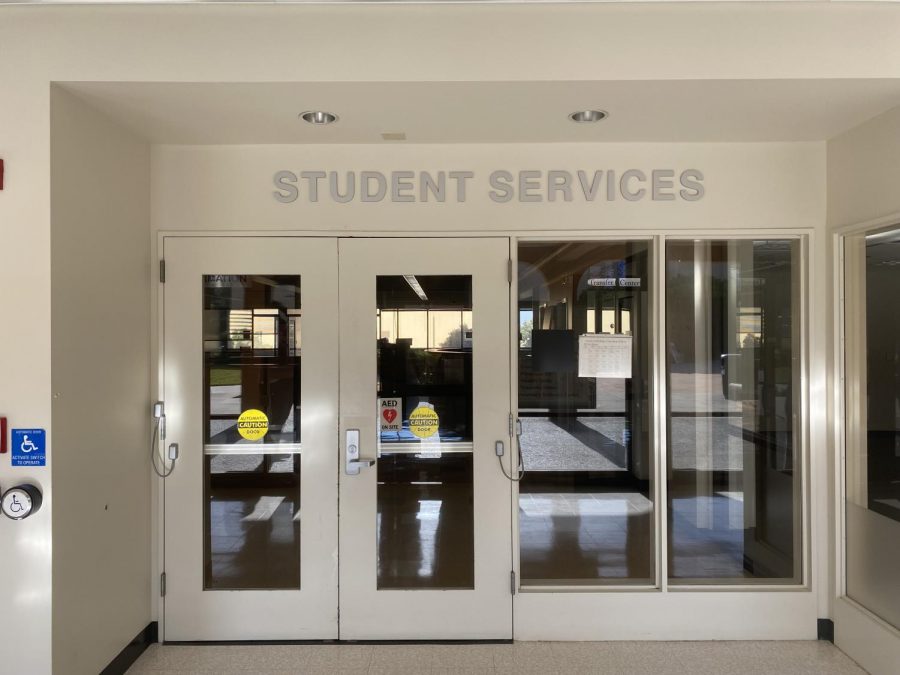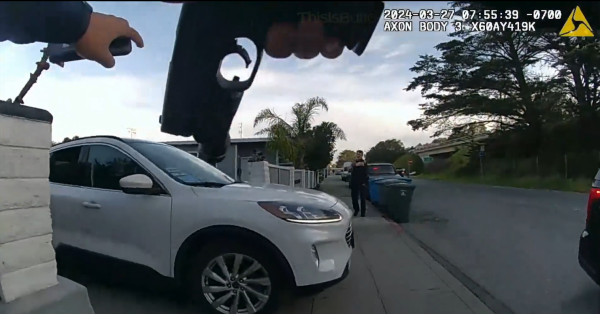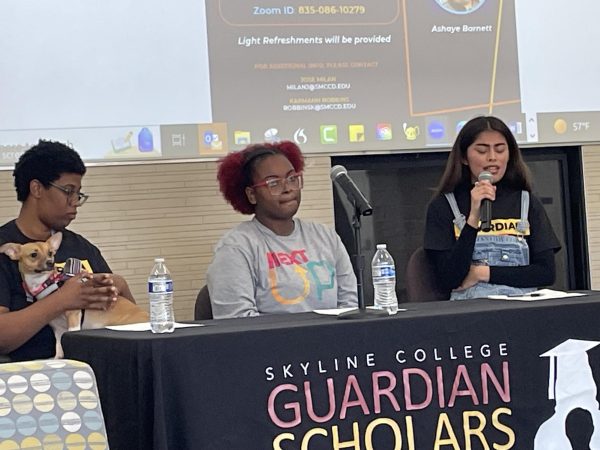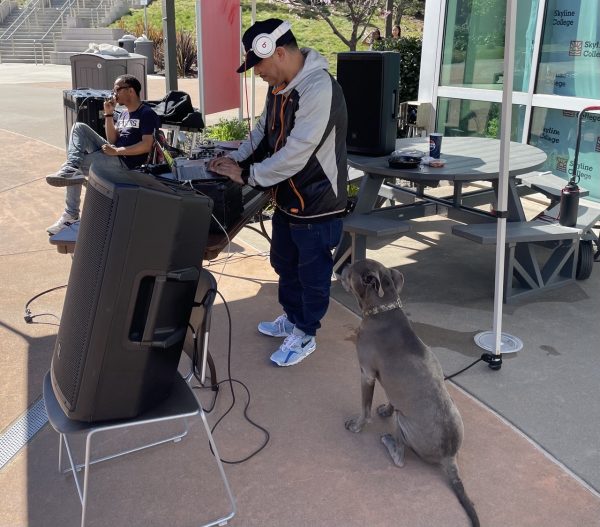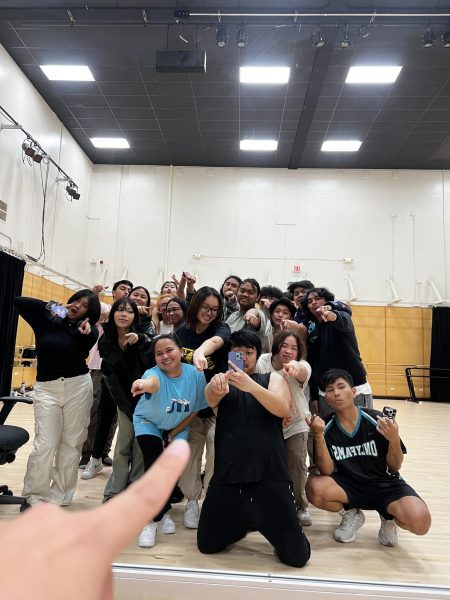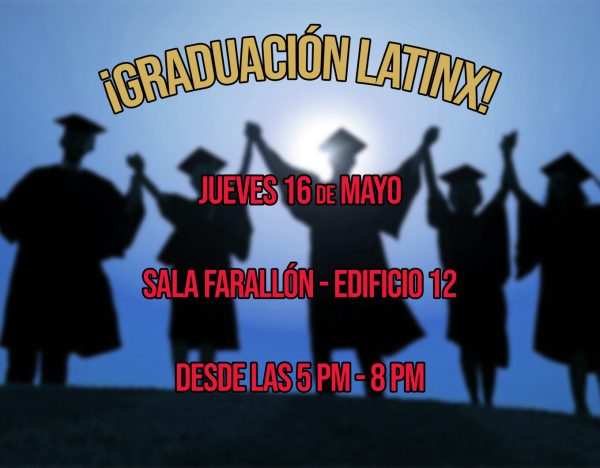Biden Administration proposed policy for higher education
Skyline students advocate for more financial support from the government
The closed student services department on Skyline’s campus
The Biden Administration has recently proposed a reconciliation bill that would invest roughly $111 billion of the $3.5 trillion budget reconciliation package in higher education programs and federal student aid.
This proposal would make a difference for students pursuing higher education and will reduce the stress of affording college. Plans such as providing two years free of community college at Historically Black Colleges and Universities (HBCUs), Tribal Colleges and Universities, Hispanic-Serving Institutions (HSIs), and other minority-serving institutions (MSIs), an increase of $500 for the Pell Grant and help colleges improve retention and graduation rates.
“The Promise (Scholars) Program has helped me navigate my journey in college by helping me financially,” said Jairil Luis Pangalian, a psychology and marketing major at Skyline College. “Plus, they have helped me by providing me with all the information I need so that I can achieve my goal of transferring into a four-year university as quickly as possible”.
Community college students like Pangalian would benefit from the reconciliation bill. Many students are still facing financial difficulties to finish college in the pandemic. Before the pandemic, 36 million students dropped out of college and the pandemic has led to more students, specifically community college students to drop out.
“Since I am in PSP (Promise Scholars Program), I have not had to worry about paying for college,” said Caitlin Collantes, a second-year kinesiology major at Skyline. “But, once I leave Skyline, I will be on my own and we all know that four-year universities are significantly more expensive than community colleges.”
Doubling the Pell Grant would have a large impact on low-income students. Biden proposed a $1,475 increase to the maximum Pell Grant award as part of working to double the support. Though the reconciliation package presently includes a $500 increase.
“If the current administration puts this policy into place, I can continue to pursue my dream of becoming a physical therapist without drowning in student debt,” said Collantes. “When it comes time for me to transfer next year, I am extremely worried about being able to pay for my schooling.”
As of Sept. 2021, 43.2 million student borrowers are in debt by an average of $39,351 each and 42.9 million borrowers owe $1.59 billion in federal student loans. Between the second and third fiscal quarter of 2020, the CARES Act offered student loan debt relief that affected a minimum of 20 million borrowers.
“Honestly, I think that the government should give us community college students more funding since I believe that the amount most of us get is not enough,” said Pangalian. ”I say this (because) I think that some students who are not fortunate enough like me, to get into the promise program, are having to either stop going to school altogether in order to continue to be financially stable enough to support themselves. Or they would have to risk skipping meals or worse just so that they could continue pursuing their dreams.”
Biden had proposed a total of $55 billion for HBCUs and MSIs to upgrade research infrastructure and create up to 200 research incubators to bolster STEM education in these colleges.
“The government needs to stop promoting the idea that community colleges provide a lower quality of education to their students,” said Collantes. “On the flip side, they also need to start pushing their education system to tell BIPOC students that they can make it in higher education, instead of limiting them to just blue-collar jobs.”
With the aid, students would be more likely to pursue higher education, take advantage of reduced and free tuition and change the stigma behind attending community colleges.



